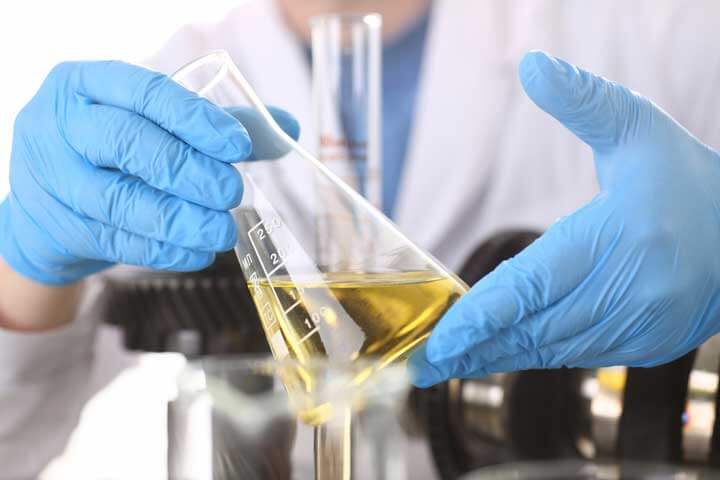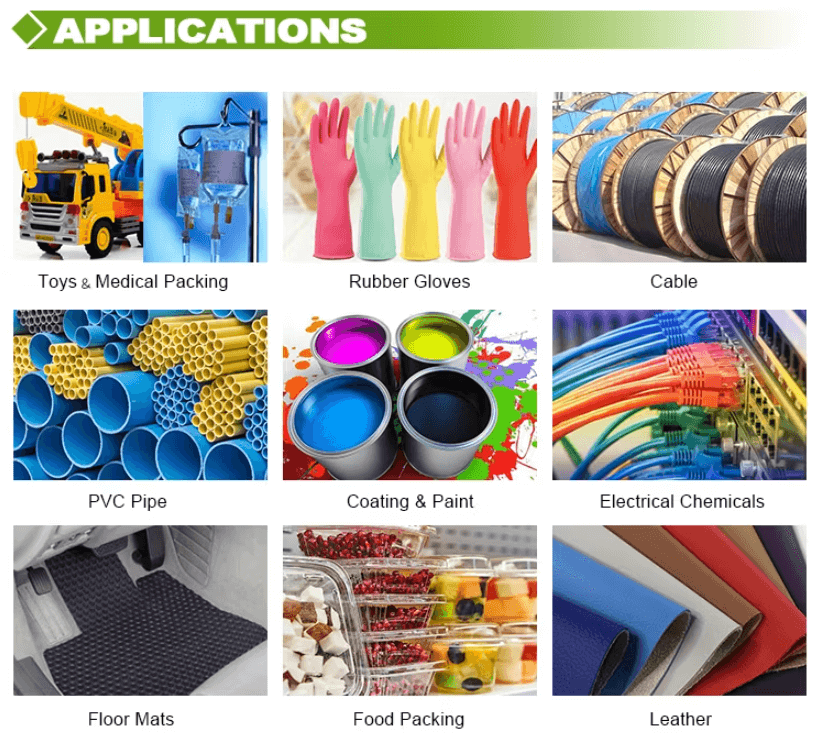The odorless, tasteless and non-toxic chlorinated paraffin appears as a white or pale yellow powder, with an impressive range of applications like plastic, rubber, adhesive, coating, etc. The low volatility ensures product stability while minimizing vaporization loss and extending lifespan. Moreover, outstanding flame-retardant property is another reason of being raw materials in fire resistance. Besides, its excellent electrical insulation property leave it universal in electrical fields and electronics.
And density of chlorinated paraffin impacts quality and performance of products. For example, plastic product varies in flexibility and strength in case there are differences in density. Therefore, density meter in pipeline is an inevitable device to ensure product consistency and requirements. So that chlorinated paraffin density measurement is able to reach certain requirements in accuracy.

Extensive Applications of Chlorinated Paraffin
Thanks to its outstanding attributes, chlorinated paraffin finds applications in various fields:
- Plastics Industry: Used as an auxiliary plasticizer for polyvinyl chloride (PVC), it enhances the flexibility, plasticity, and processing performance of PVC. It is widely used in cables, flooring, hoses, and synthetic leather.
- Rubber Industry: Serves as a plasticizer and softener, improving the physical properties and durability of rubber, and is extensively used in rubber product manufacturing.
- Surface Treatment Agent: Enhances the water resistance, moisture resistance, and abrasion resistance of fabrics and packaging materials.
- Adhesive and Coating Modifier: Improves bonding strength and adhesion of coatings.
- Lubricants and Metalworking: Acts as an anti-wear agent in high-pressure lubrication and metal cutting, reducing equipment wear and increasing precision.
- Other Uses: Serves as a mildew inhibitor, waterproofing agent, and ink additive, contributing to product performance across multiple industries.

Drawbacks of Traditional Density Measurement
Traditional density was measured by injecting the sample into a clean, dry graduated cylinder, which sits in a thermostatic water bath at 50±0.2°C, and using a hydrometer for readings after stabilizing. While straightforward, this method has significant drawbacks in efficiency. Natural bubble escaping requires 60–70 minutes in typical, and bubbles could not escape thoroughly. Therefore, residual microbubbles deviates readings to a certain extent.
Improvements with Inline Density Meter
Continuous chlorinated paraffin density measurement is crucial in mass production. The density will change after chlorine is introduced in chlorination. Real-time optimization is possible to be proceeded by operators according to accurate density data. Reactions are able to controlled in the optimal status, improving efficiency of chlorination by 25% from eight hours to six hours.
Chlorinated paraffin is corrosive to some extent, so it's essential to make sure the interior coating or material of inline density meters could withstand potential damage for corrosion. Common corrosion-resistant materials include 316L stainless steel, HC, HB, Monel alloys, titanium alloys, and PTFE coatings. If the interior coating or material is not selected appropriately, corrosion may damage the density meter, compromising measurement accuracy and the equipment's service life. This can lead to increased maintenance costs and downtime for the enterprise. Pls contact Lonnmeter for more detailed info.
Post time: Jan-20-2025





